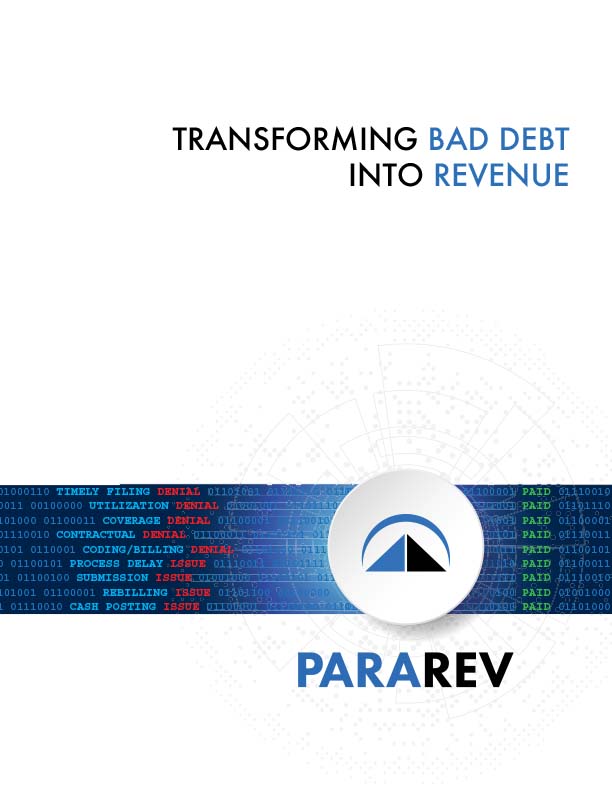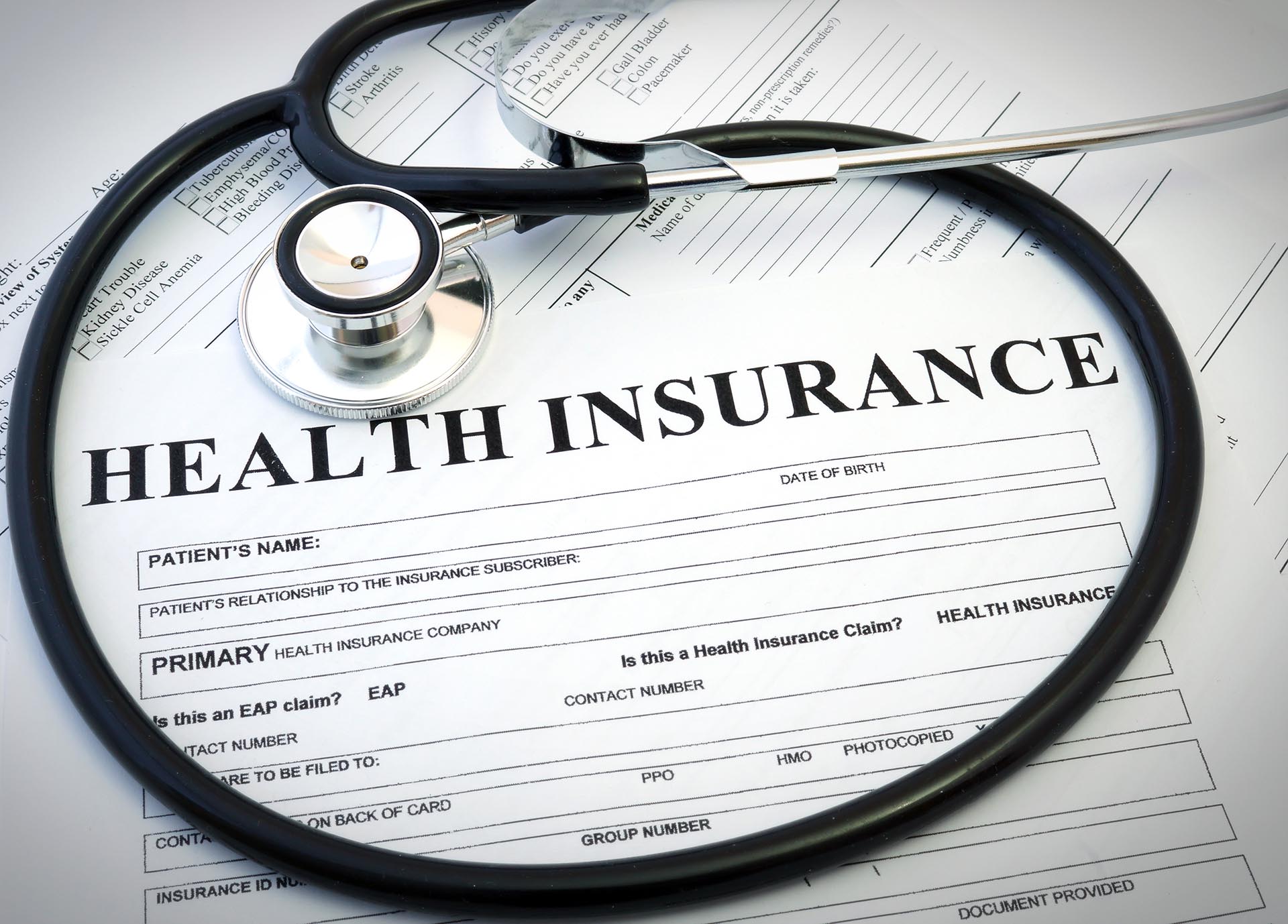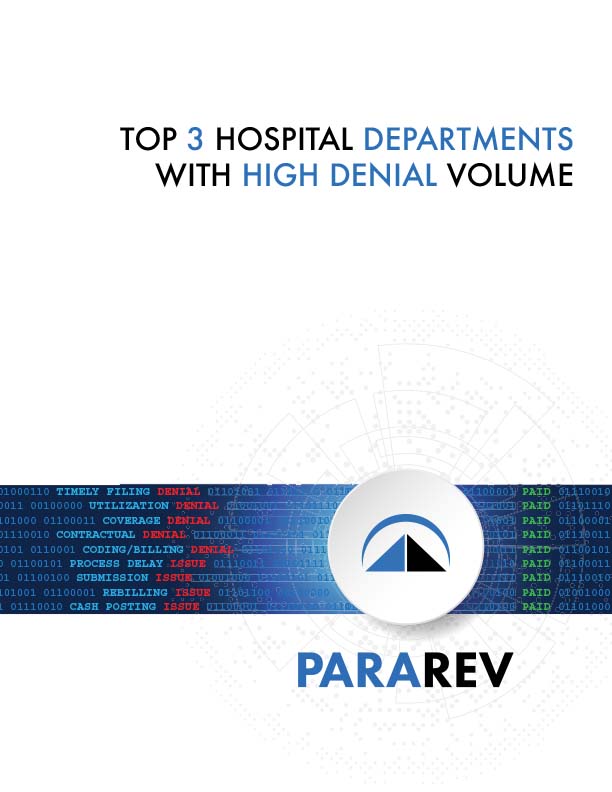February 18, 2020
Dan Low
Director of Operations
When it comes to payment denials, some of the most common and potentially damaging involve Claim Adjustment Reason Code (CARC) 22, or order-of-insurance coverage problems.
Not only do CARC 22 denials reduce cash flow, they can also trigger unnecessary patient invoicing. This, in turn, may undermine customer goodwill and harm the hospital’s overall patient experience and brand.
To maximize collections and avoid antagonizing patients, organizations should develop procedures for addressing the root causes that lead to CARC 22s. The good news is that once the core issues are identified, avoiding the denials isn’t difficult.
Increasing cash flow
Claim Adjustment Reason Codes are used by all payers on electronic and paper remittance advice and coordination of benefit (COB) claim transactions to categorize payment adjustments and denials.
CARC-22 states: “This care may be covered by another payer per coordination of benefits.” In essence, a CARC-22 is generated when a COB-related problem occurs. A common example involves instances in which the patient’s secondary insurance coverage is being billed as the primary coverage. This can occur with Medicare, Medicare Advantage, Medicaid or a commercial payer as the primary insurer. Typically, the patient is automatically balance-billed following a CARC-22 denial.
From our experience with clients nationwide, Healthcare Financial Resources’ (HFRI) has found that CARC 22 order-of-insurance denials typically account for about 7-8% of all hospital denials. With average balances generally of between $500 and $1,500 per claim, preventing CARC-22s could mean an additional $100,000 to $1 million in monthly collections, depending on the hospital’s size
Denial triggers
While CARC-22s occur in both inpatient and outpatient settings, the denials are most frequently associated with emergency department services. This is largely due to the fact that staff may not have the time or the systems in place to positively identify the patient’s primary insurance, or the patient may not be in a condition to provide the required information.
Specific CARC-22 triggers can include:
- Incorrect plan codes loaded for primary insurance
- Failed transfer in the attachment of the primary EOB to the bill
Medicare CARC-22s may also result from situations in which the beneficiary’s spouse has an employer-based health plan. For example, if the spouse’s employer has 20 or more employees, the group health plan pays first. However, if the employer has less than 20 employees, Medicare is the primary coverage. Rules regarding other primary payer scenarios involving Medicare and Medicaid, Tricare and workers compensation claims vary. Detailed information about Medicare and coordination of benefits can be found here.
Reducing denials
Registration staff represents the first line of defense when it comes to reducing and eliminating CARC-22s, particularly in the emergency department. Organizations should ensure that systems are in place to verify the correct order of insurance and plan code prior to billing. Staff should also have direct access to state-based websites in order to effectively validate Medicare and Medicaid order of coverage.
Creating an aftercare department to double-check the billing information provides an important second line of defense. Additionally, third-party robotic process automation systems can be deployed to identify registration issues that could trigger a CARC-22.
Partnering with a vendor
Because CARC 22 denials typically involve low-value, high-volume claims, many hospitals ignore them to focus limited resources on other, higher-value denial areas. However, ParaRev is equipped to handle these kinds of claims using our advanced technology, which relies on robotic process automation or bots and intelligent automation to identify potential CARC denials and flag them in the workflow.
This helps ensure that any denial issues will to be worked quickly. That means hospitals can receive faster reimbursement and, when necessary, generate the patient bill sooner. Our approach not only improves hospital margins, it helps ensure patient satisfaction doesn’t suffer due to unnecessary, surprise bills.
ParaRev has focused exclusively on the challenges associated with hospital payment delay and denials for nearly 20 years. From this effort, we’ve perfected a system that relies on advanced technology and staff specialization to identify denial root causes while streamlining and accelerating the resolution process. Contact us today to learn more.
Want to avoid 90% of your hospital denials? Learn 7 strategies to improve your AR.
Related Posts
None found





